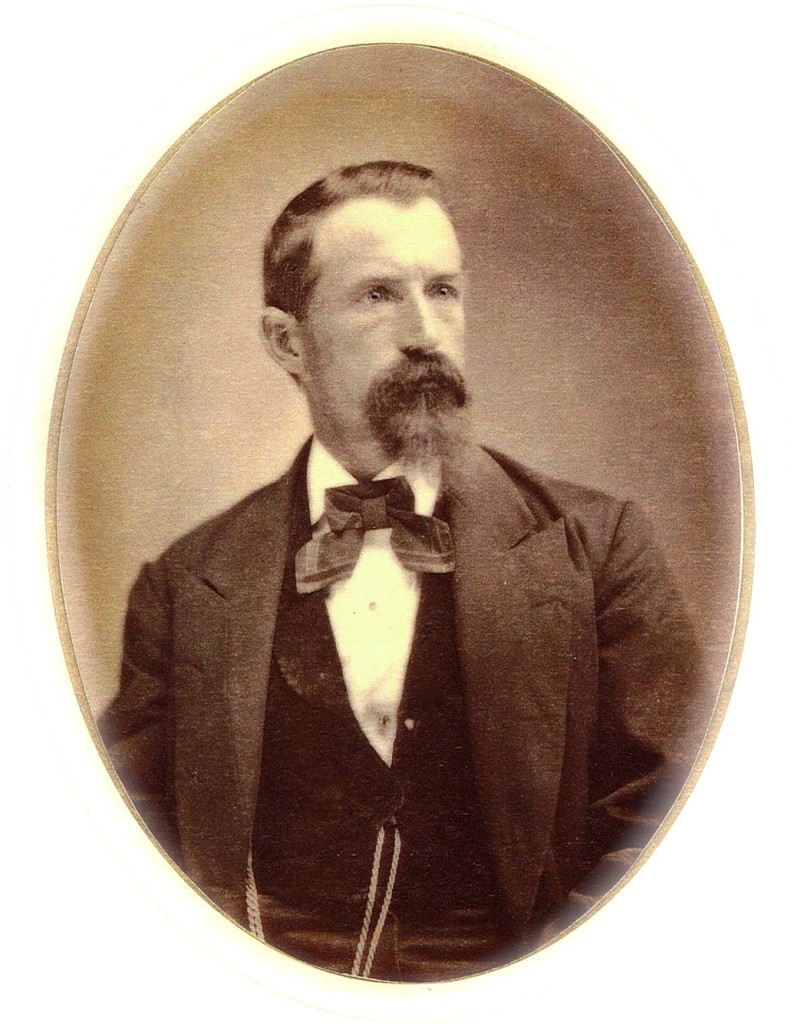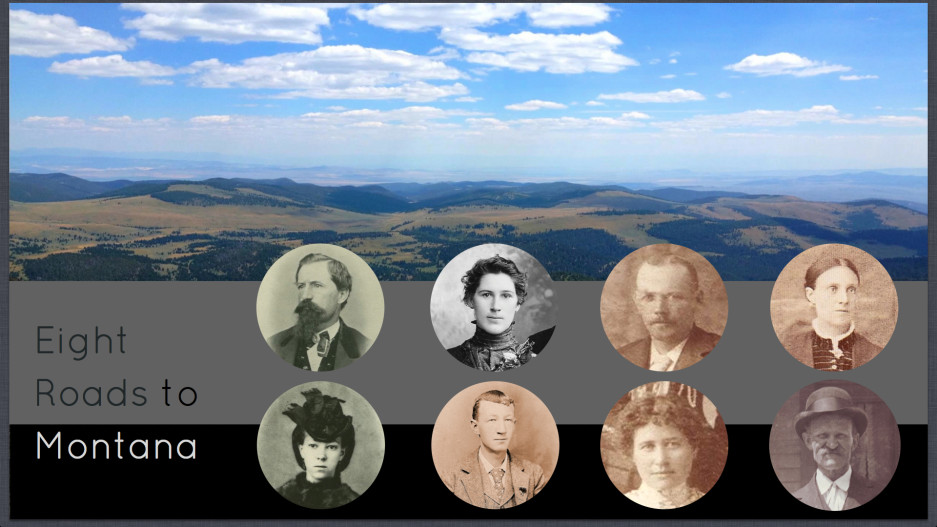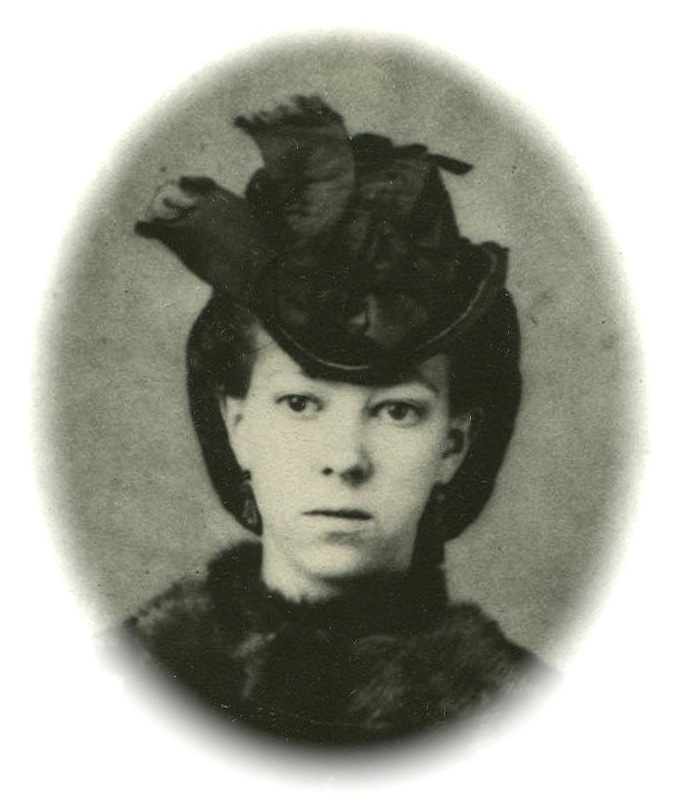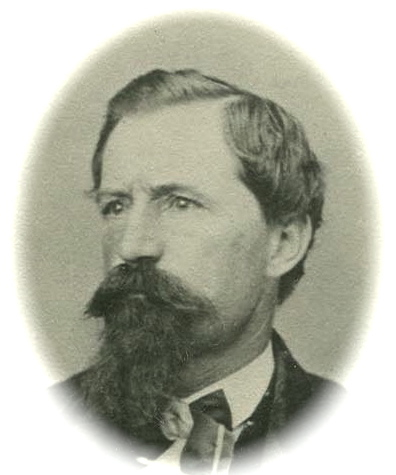
David Lyman Blacker arrived in Virginia City, Montana in 1864 – during the exciting early days of the Montana gold rush, probably via the Montana Trail. By 1866, he and his business partner, David Keating, had discovered the Keating Lode two miles northwest of Radersburg. Several years later, they were also mining the Leviathan and Ohio Lodes, and had built a 15-stamp mill in order to process the many tons of rock being taken out of the mines.
In 1871, David married Ada Cordelia Buchenau in Wathena, Kansas, and brought her back to the Montana Territory where they made their first home in Radersburg. In 1873, the Helena Weekly Herald reported that “very few men in all the mines of America have a “better thing” than have Messrs. Keating & Blacker” [1]. Later that same year, David and Ada welcomed the first baby into their family, a little girl named Muzetta. She was the first of five children born to the couple between 1873 and 1889.


